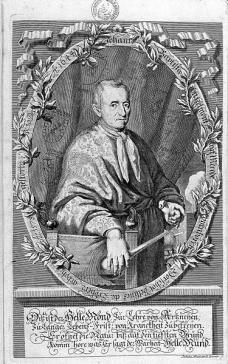This project explores the participation of esoteric knowledge in early modern scientific development through the works of the Dutch chymical physician Jan Baptista van Helmont (d. 1644) and his followers, who borrowed the authority of his medical perspective while divesting his corpus of the demonology with which he originally justified his medical reform. This Helmontian medical perspective was rooted in the natural magic of the late sixteenth and early seventeenth centuries, and particularly in the debates surrounding the treatment of diseases with hidden causes. Van Helmont’s theory of disease, formulated in this context, was originally a demonological insight—a body afflicted by occult or demonic illness presented in either case an experience of illness both highly individual and causally obscured. His prerogative to cure such illnesses found him engaged in debates over medical authority and disease etiology, arguing in demonological terms to expand the purview of human influence over nature through natural magic.
A central focus of this project is English Helmontian critique of anatomical investigation as irrelevant to the treatment of disease. For these physicians, who understood disease to be idiosyncratic and essentially insensible, the epistemic limitations of anatomical investigation were representative of broader concerns in natural philosophy regarding the occult. Already accustomed to seeking knowledge of the hidden and the particular, these followers of van Helmont inherited a disease theory formulated in response to the reminders from demonic illness that the causes of disease could not always be prized out of the flesh.

